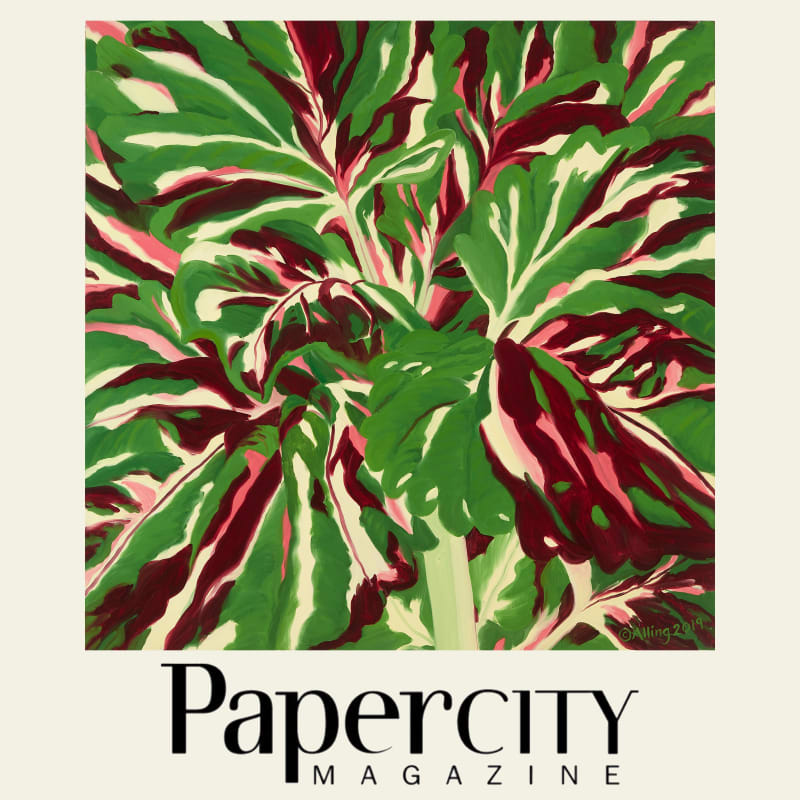The Allure of Plant Life
French impressionism leader and avid gardener Claude Monet once remarked: “The richness I achieve comes from nature, the source of my inspiration.” Naturally, Monet’s idyllic, picture-perfect garden at Giverny still exists in all its verdant splendor. Painter Janet Alling’s survey “Plant Life,” which is being exhibited at Erin Dorn’s new Seven Sisters Gallery through April 6, reveals a love of flora rivaling Monet’s.
Describing herself as a “modern realist painter,” Alling’s work sometimes veers into surrealism. For example, her magnum opus among the works displayed, Giant Gloxinia I (1972), powerfully establishes a dream-like, viridescent scene.
The strength of Alling’s work lies in the paradox that plant life, while inherently beautiful, can be contradictory and imperfect. For example, the ominous, dystopian skies of Apocalypse (1983) are dominated by various shades of yellow and gray. Paintings of caladium and coleus plants capture the harmony (or tension) between complementary colors like red and green.
During the ’70s and ’80s, Alling was represented by Jill Kornblee’s legendary Kornblee Gallery in New York City, which famously also championed Alex Hay, Dan Flavin and Arte Povera painter Michelangelo Pistoletto. Now based in Providence, Rhode Island, Alling’s perspective on plant life is intellectual and refreshingly sophisticated.
The overall message of her art? Consider the complexity of plant life and recreate green spaces we rarely see in big cities these days.

